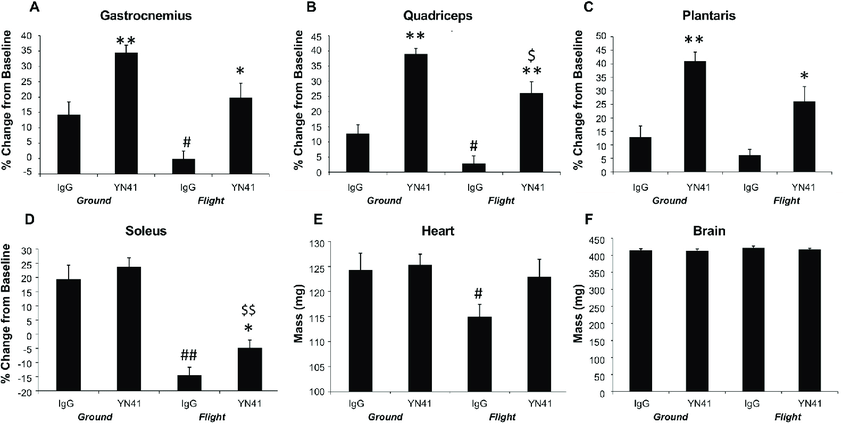
Myostatin: a muscle hypertrophy secret
Myostatin is a negative regulator of myoblast proliferation and differentiation. Normally it functions to regulate hypertrophy of muscles, but a role in the speeding up of muscle loss was observed in muscle wasting diseases and cachexia associated with severe illnesses. Inhibition of myostatin has been tested as an approach for treatment of neuromuscular diseases. Myostatin is a myokine, a protein produced and released by myocytes that acts on muscle cells to inhibit muscle cell growth. In humans it is encoded by the MSTN gene. The MSTN gene provides instructions for making a protein called myostatin, which is active in muscles used for movement (skeletal muscles) both before and after birth. This protein normally restrains muscle growth, ensuring that muscles do not grow too large. More specifically, myostatin inhibits muscle growth by inhibiting the formation of new muscle fibers, a process known as myogenesis, while decreasing mTOR-driven protein synthesis in muscle cells.
Myostatin inhibition would increase the skeletal muscle mass and prevent muscle degeneration, regardless of the type of muscular dystrophy. Myostatin inhibitors include myostatin antibodies, myostatin propeptide, follistatin and follistatin-related protein.
Higher Mstn levels increase with one's age thus cause muscle atrophy in aging individuals. Mstn levels also increases with illness or diseases. Higher level of mstn is also cause of Cachexia muscle loss symptom in cancer patients.
Myostatin inhibitors are relevant as potential therapies for muscle-wasting diseases and muscle weakness in humans and animals. Currently, there are no commercial myostatin inhibitors for agriculture or biomedical purposes because the safest and most effective option has yet to be identified. Myostatin inhibitors are specifically banned by the World Anti-Doping Agency (WADA).
Since myostatin deficiency does produce muscle hypertrophy and can improve physical performance, muscle wasting might be blocked by manipulating myostatin and this could be the basis for a therapeutic strategy.
What can you do naturally to replicate myostatin inhibition in the body-
Creatine: Some research indicates that creatine decreases levels of myostatin.
Exercise frequency: Increasing exercise frequency helps to decrease mstn levels in humans. (4)
Vitamin D: A study by Garcia et al.5 uncovered another interesting influence that vitamin D has on muscle growth. Researchers showed that vitamin D exposure decreases the amount of myostatin found in isolated muscle cells, generating greater muscle growth. In addition to the decrease in myostatin, this study showed that vitamin D triggers an increase in follistatin, which is a powerful inhibitor of myostatin— which increases muscle mass by inhibiting myostatin.9
Do you have a busy schedule? No time to go to the gym? Do you hate going to the gym? Do you want to get a personalised fitness routine? Book a consultation free 15mins consultation.
Go to the link: https://calendly.com/sihanbooking/15min
References:
1. https://www.nbcnews.com/id/wbna5278028
2. https://www.ncbi.nlm.nih.gov/pmc/articles/PMC1794294/
3. https://www.ncbi.nlm.nih.gov/pmc/articles/PMC2975387/
4. https://www.ncbi.nlm.nih.gov/pmc/articles/PMC2975387/
5. Garcia LA, et al. 1,25(OH)2vitamin D3 stimulates myogenic differentiation by inhibiting cell proliferation and modulating the expression of promyogenic growth factors and myostatin in C2C12 skeletal muscle cells. Endocrinology 2011;152(8): p. 2976-86.